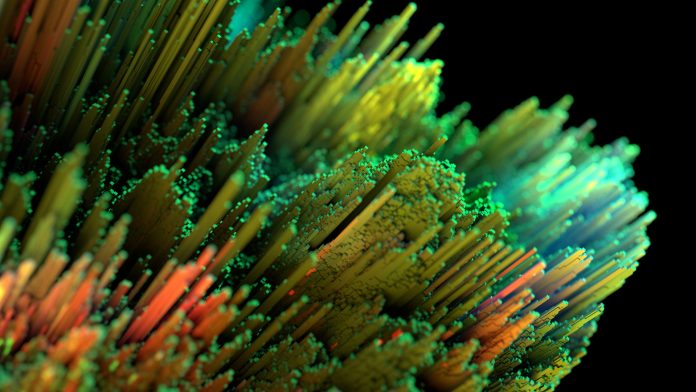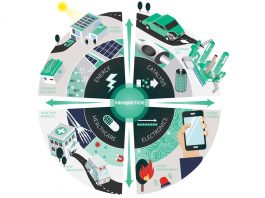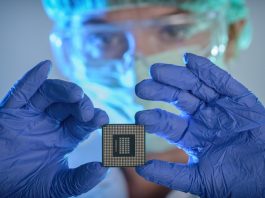Theoretical physicists from Osaka City University and the University of Tokyo, Japan, have developed mathematical formulas that describe a physical phenomenon happening within quantum dots and other nanosized materials.
The formulas, published in the journal Physical Review Letters, could be applied to further theoretical research about the physics of nanosized materials, such as quantum dots, ultra-cold atomic gases, and quarks.
The team examined the ‘kondo effect’, which was first described in 1964 by Japanese theoretical physicist Jun Kondo. This effect was shown in some magnetic materials, but now occurs in many other systems, including quantum dots and other nanosized materials.
Scientists were eventually able to show that, in metals containing impurities, at very low temperatures near absolute zero, electron spins become entangled with the magnetic impurities, forming a cloud that screens their magnetism. The cloud’s shape changes with further temperature drops, leading to a rise in resistance. This same effect happens when other external ‘perturbations’, such as a voltage or magnetic field, are applied to the metal.
Using mathematic formulas to understand this phenomenon
The team from Osaka City University and the University of Tokyo wanted to develop mathematical formulas to describe the evolution of this cloud in quantum dots and other nanosized materials.
To describe such a complex quantum system, they started with a system at absolute zero where a well-established theoretical model, namely Fermi liquid theory, for interacting electrons is applicable. They then added a ‘correction’ that describes another aspect of the system against external perturbations. Using this technique, they wrote formulas describing electrical current and its fluctuation through quantum dots.
Their formulas indicate electrons interact within these systems in two different ways that contribute to the Kondo effect. First, two electrons collide with each other, forming well-defined quasiparticles that propagate within the Kondo cloud. More significantly, an interaction called a three-body contribution occurs. This is when two electrons combine in the presence of a third electron, causing an energy shift of quasiparticles.









